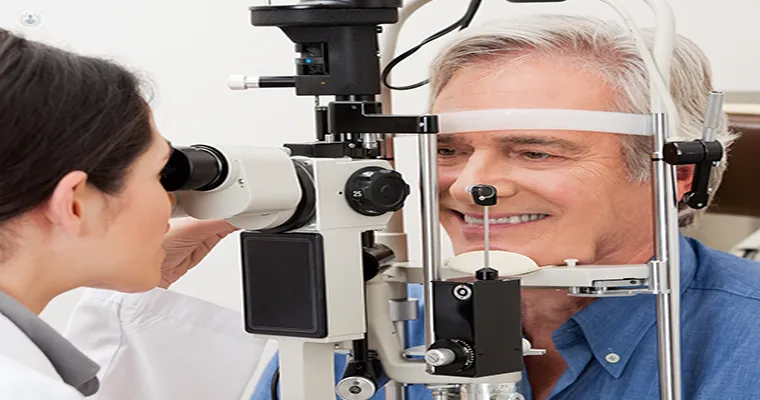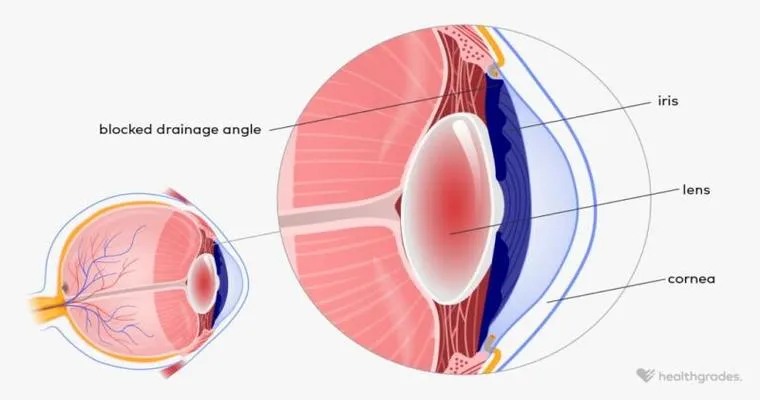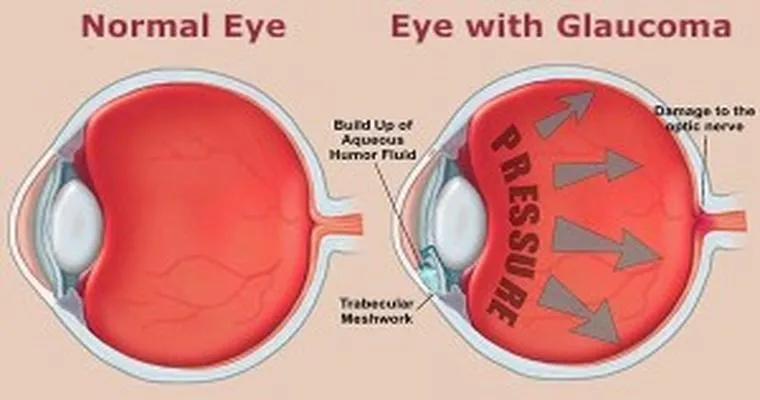Glaucoma is a serious eye condition that can lead to vision loss and blindness if not diagnosed and treated appropriately. To ensure the health of your eyes, "doctors test for glaucoma" using a variety of methods that assess intraocular pressure, peripheral vision, and the overall health of the optic nerve. Understanding these "glaucoma testing methods" can empower you to take proactive steps in monitoring your eye health.
One of the primary tests for glaucoma is tonometry, which measures the "intraocular pressure (IOP)" in the eye. Elevated IOP is a significant risk factor for glaucoma. During this test, your doctor may use a puff of air or a specialized instrument to assess the pressure inside your eye. It is a quick and painless procedure, and regular monitoring of IOP is crucial for early detection.
Another essential test in the glaucoma diagnostic process is visual field testing, often referred to as perimetry. This test evaluates your peripheral vision and helps identify any blind spots that may indicate the presence of glaucoma. During the test, you will be asked to look straight ahead while responding to lights that appear in your peripheral vision. This method allows doctors to detect any vision loss that may not be noticeable during routine eye exams.
Optic nerve examination is also critical in diagnosing glaucoma. Doctors use a specialized instrument called an ophthalmoscope to look at the optic nerve's appearance. In healthy eyes, the optic nerve should have a certain shape and color. Changes in the optic nerve, such as thinning or discoloration, can be indicative of glaucoma. Additionally, doctors may use optical coherence tomography (OCT), a non-invasive imaging test that provides detailed images of the optic nerve and retinal structures, to further assess any damage.
Pachymetry is another important test that measures the thickness of the cornea. Studies have shown that corneal thickness can influence the risk of developing glaucoma and help determine the accuracy of IOP measurements. Thinner corneas may indicate a higher risk for glaucoma, making this test a valuable component of a comprehensive glaucoma evaluation.
If you are at high risk for glaucoma, such as those with a family history of the disease or certain medical conditions, your doctor may recommend more frequent eye exams that include these tests. Early detection is vital in managing glaucoma effectively, and understanding the methods used to diagnose this condition can help you take charge of your eye health.
In conclusion, "doctors test for glaucoma" using several different methods, including tonometry, visual field testing, optic nerve examination, and pachymetry. These tests work together to provide a complete picture of your eye health and enable early diagnosis and treatment of glaucoma. If you have concerns about your eye health or are due for a check-up, consult your eye care provider to discuss these essential tests and ensure your vision remains clear and healthy.





